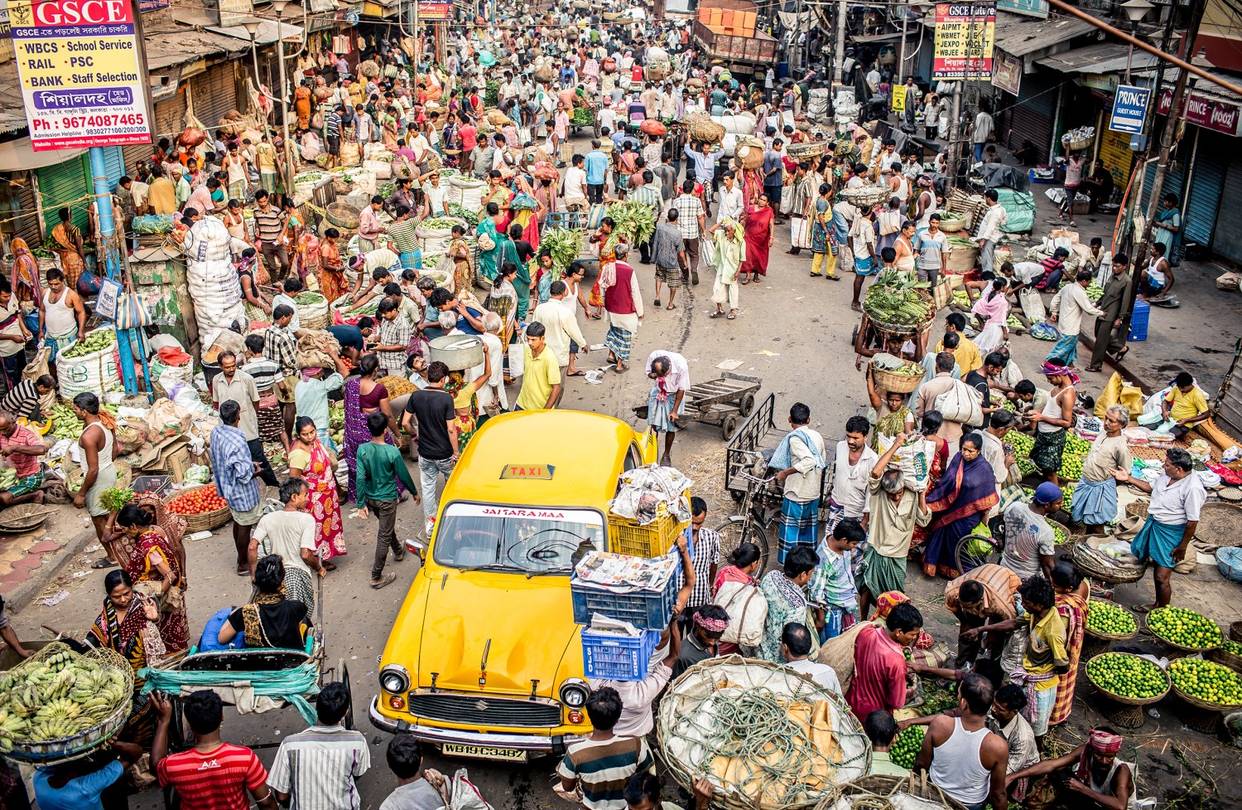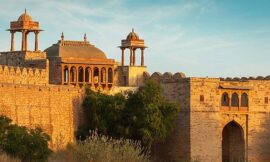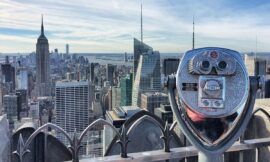Calcutta, officially known as Kolkata since 2001, is the capital city of the Indian state of West Bengal. Steeped in history, culture, and intellectual fervor, Kolkata is a city that has played a pivotal role in shaping India’s socio-political landscape. From being the capital of British India to becoming a crucible of independence movements and a hub of cultural renaissance, Kolkata stands as a testament to resilience, diversity, and artistic vibrancy.

The city’s historical roots are deeply embedded in its colonial past. Established by the British East India Company in the 17th century, Calcutta served as the capital of British India until 1911. The city’s architectural landscape reflects this colonial legacy, with landmarks like the Victoria Memorial, Howrah Bridge, and Writers’ Building standing as symbols of imperial grandeur.
The Victoria Memorial, an iconic white marble structure, is a splendid example of Indo-Saracenic architecture. Built in memory of Queen Victoria, the memorial is surrounded by lush gardens and water bodies, creating a tranquil oasis in the heart of the city. It houses a museum that chronicles the history of Calcutta and the British Raj, displaying artifacts, paintings, and memorabilia from that era.
Howrah Bridge, an engineering marvel, spans the Hooghly River, connecting the twin cities of Calcutta and Howrah. The bridge, with its distinctive truss design, is not just a transportation link but an integral part of Kolkata’s identity. Lit up in the evenings, it transforms into a shimmering spectacle that is both functional and aesthetically captivating.
Kolkata has been a crucible of political and social movements, earning it the title of the “Cultural Capital of India.” The city played a significant role in the Indian independence movement, with leaders like Netaji Subhas Chandra Bose and Rabindranath Tagore emerging from its intellectual milieu. The Indian National Congress session in 1920, presided over by Gandhiji, marked a crucial juncture in the country’s fight for freedom.
The intellectual renaissance of the late 19th and early 20th centuries, known as the Bengal Renaissance, had its epicenter in Kolkata. Poets, writers, philosophers, and social reformers like Rabindranath Tagore, Bankim Chandra Chattopadhyay, and Swami Vivekananda reshaped the cultural and intellectual landscape of India. The legacy of Tagore, the first non-European Nobel laureate in Literature, is celebrated at Santiniketan, a university town he founded, located near Kolkata.
Kolkata is a city that breathes literature and art. The College Street area, known as Boi Para (Book Market), is a paradise for book lovers, with numerous bookstores, publishing houses, and the iconic College Street Coffee House. The annual Kolkata Literary Festival attracts authors, poets, and bibliophiles from around the world, fostering a literary culture that is deeply ingrained in the city’s ethos.
Durga Puja, the grand festival honoring Goddess Durga, is the soul of Kolkata’s festive spirit. The city comes alive with artistic pandals, elaborate decorations, and cultural performances during this time. The immersion procession of Durga idols, known as Visarjan, is a spectacle that draws millions to the Hooghly River, marking the culmination of the festivities.
Kolkata’s cultural heritage extends to its theaters and cinemas. The city has a vibrant theater scene, with iconic venues like the Academy of Fine Arts and Minerva Theatre. The Nandan complex and single-screen cinemas like Priya and Mitra stand as relics of a bygone era, offering cinephiles a nostalgic experience.
The street food culture of Kolkata is legendary. From the iconic Kathi Rolls of Park Street to the mouth-watering sweets of Rosogolla and Sandesh, the city’s culinary landscape is a gastronomic delight. The vibrant markets like New Market and Gariahat offer a potpourri of goods, from traditional handloom sarees to trendy fashion.
In conclusion, Kolkata is a city that pulsates with a unique blend of history, culture, and intellectual prowess. From its colonial architecture to its role in India’s struggle for independence, from the literary and artistic renaissance to the fervor of Durga Puja, Kolkata is a city that has imbibed and preserved the diverse facets of its heritage. As it continues to evolve, Kolkata remains a living canvas where tradition and modernity coexist, inviting residents and visitors alike to explore its myriad layers and unravel the tapestry of this vibrant metropolis.



